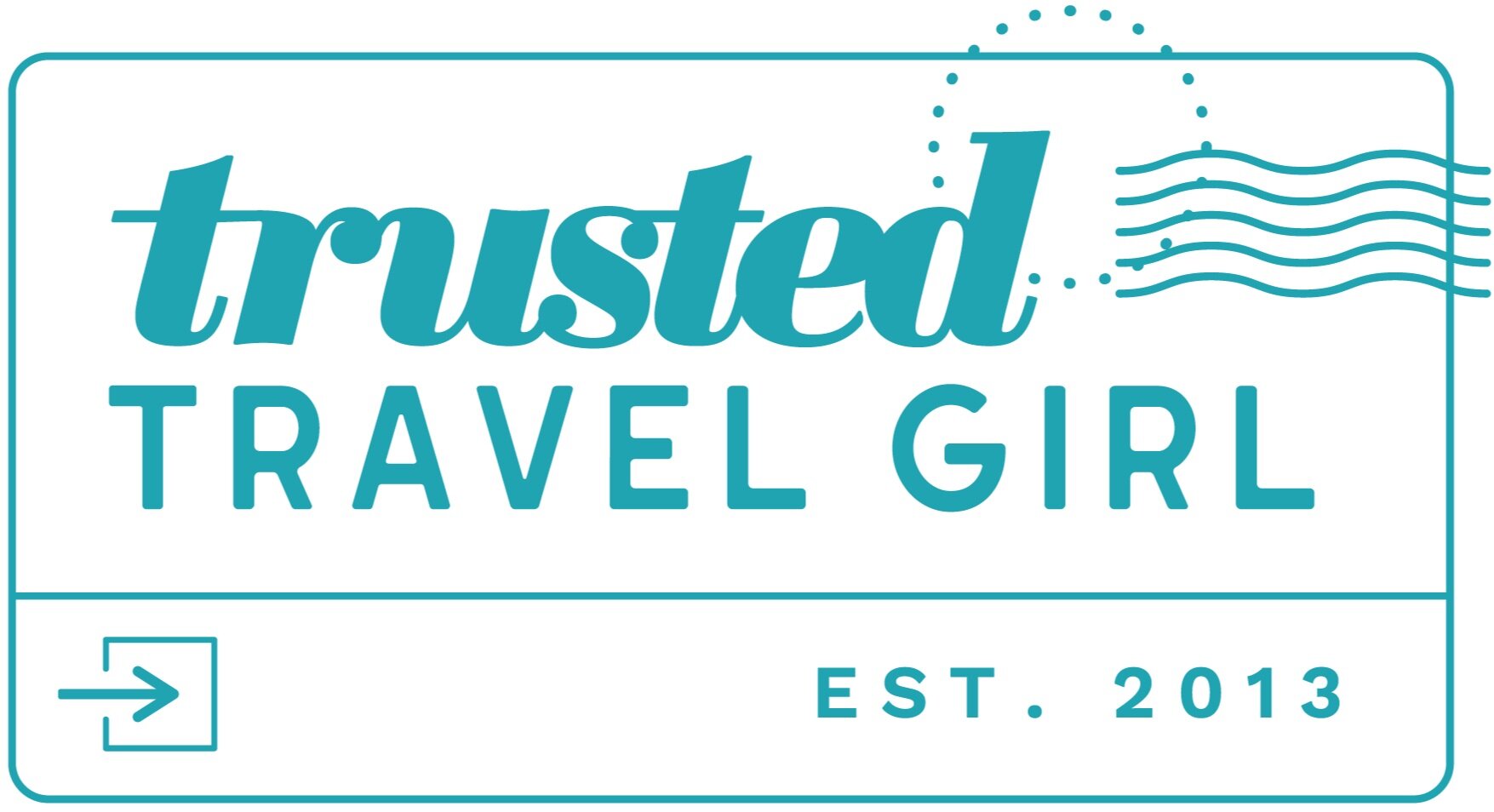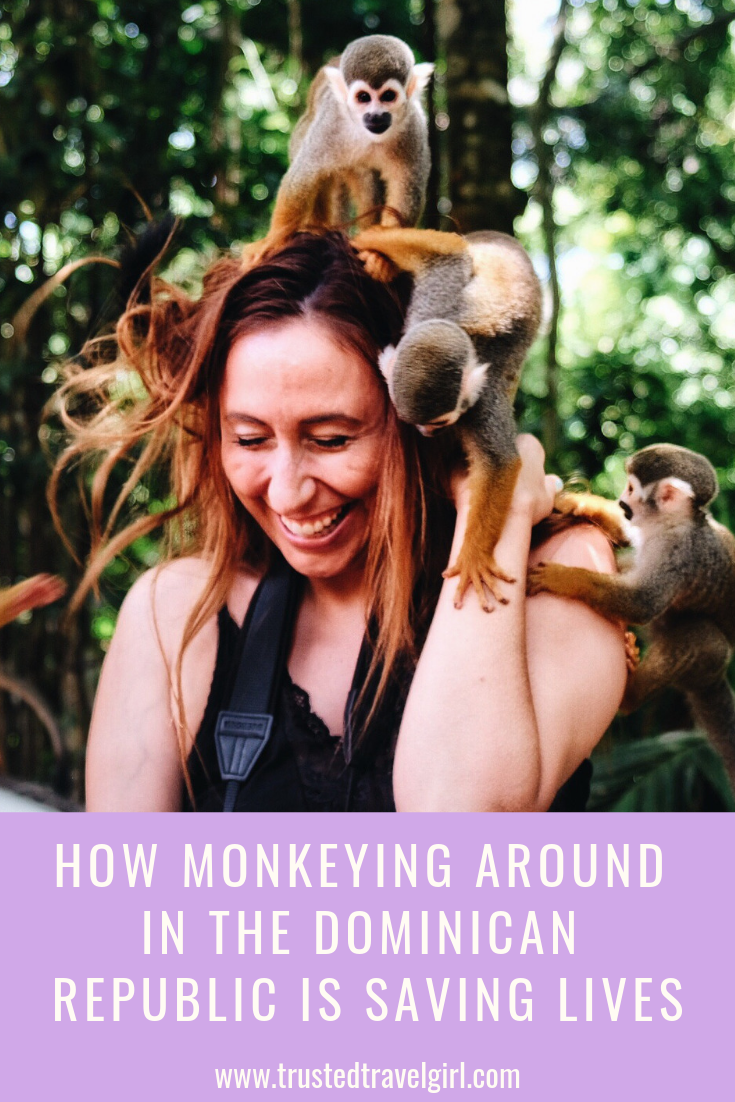How Monkeying Around in the Dominican Republic is Saving Lives
Photo by AJ Trela
There are few tourist attractions that are actually doing good work along with helping travelers have a good time. Sustainable and responsible tourism trends have been increasing in recent years, and Monkey Jungle, in the Northern Coast of the Dominican Republic is a prime example of responsible tourism done well. With increasing social benefits to the local area, Monkey Jungle is saving and improving both monkey and human lives in the Northern Coast.
Photo By: Nick Argires
Monkey Jungle is a unique place, and without question, one of my favorite attractions in the Dominican Republic. Located on the Northern Coast, between popular beach towns Sosua and Cabarete, Monkey Jungle has zip lines for those looking for a thrill ride, but the highlight is their squirrel monkey interaction in the botanical park. Visitors are able to interact with and feed the squirrel monkeys that roam free in an enclosed area filled with trees, pathways and bridges. Here you can get up close and personal with the monkeys when you bring them a plate of their favorite fruits. The monkeys will swam you, jumping on your shoulders and head and even playing with your hair. This is certainly a once-in-a-lifetime experience that is worth the visit.
Monkey Jungle is a sanctuary not a zoo, the monkeys are there by choice, as they have the freedom to leave at any time. However, they are happy there so they seem to prefer to stay and play with guests. The monkey’s roam completely free, but are always happy to play with visitors, sitting on your shoulders and head. Additionally, monkey jungle rescues another variety of monkeys, the capuchin monkey. These monkeys are well cared for, however they have to live in a cage for their own protection and the protection of the guests. The capuchin monkey's were rescued by Monkey Jungle from physical or nutritionally abusive situations. Unlike the squirrel monkey’s that roam free, the capuchin monkey’s kept from breeding, as the staff and owners at monkey jungle strongly feel that no animal should be born into captivity, and they want to prevent an ongoing cycle.
Most importantly, in addition to taking care of the monkeys, all of the proceeds made from the zip lines and monkey interactions go toward a free clinic on premises that provides much needed medicine and healthcare to many of the locals. Started in 2009 by Nashville pediatric dentist, David Snodgrass, today over 21,000 local patients have been treated and over 25,000 prescriptions have been given out at the Leon-Laroche clinic. The zip lines and monkey interaction’s were initially created to support the costs of the free clinic. Both staff and volunteers get an education in caring for the animals as well as interacting with medical care patients. Volunteers come from all over the world to volunteer for anywhere from 6 months to a year.
With the increase in tourism all over the world, it’s important to consider responsible tourism. A trip to Monkey Jungle not only provides a once-in-a-lifetime experience, but is also improving the surrounding area, creating a better place to live and to visit. That’s a travel experience worth supporting. All of the responsible tourism stuff aside, who doesn’t want a picture with a monkey standing on their head?








